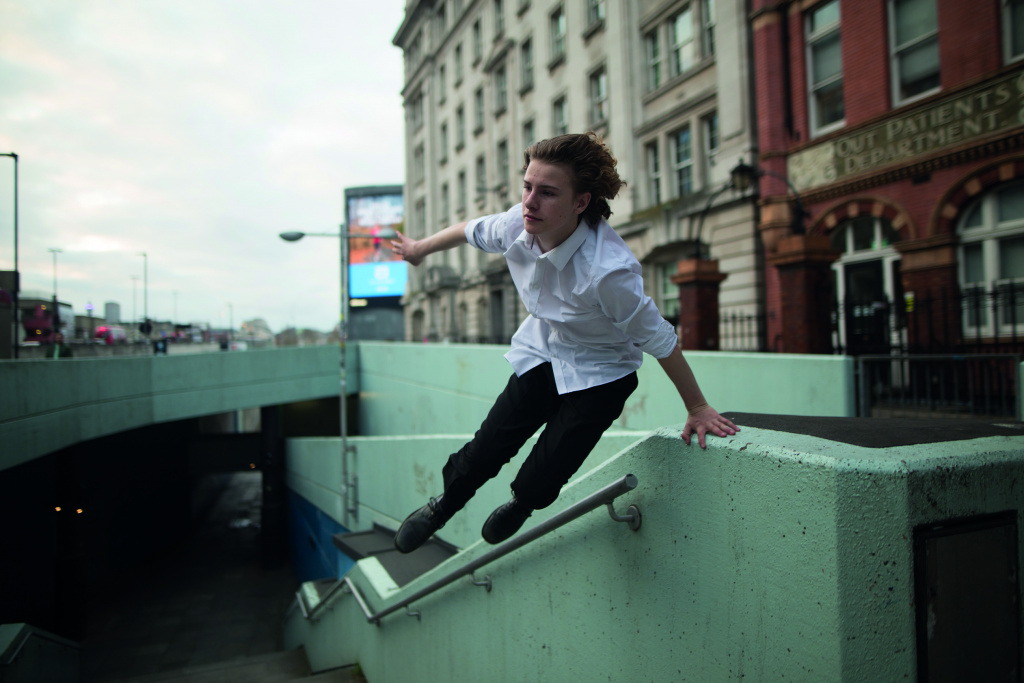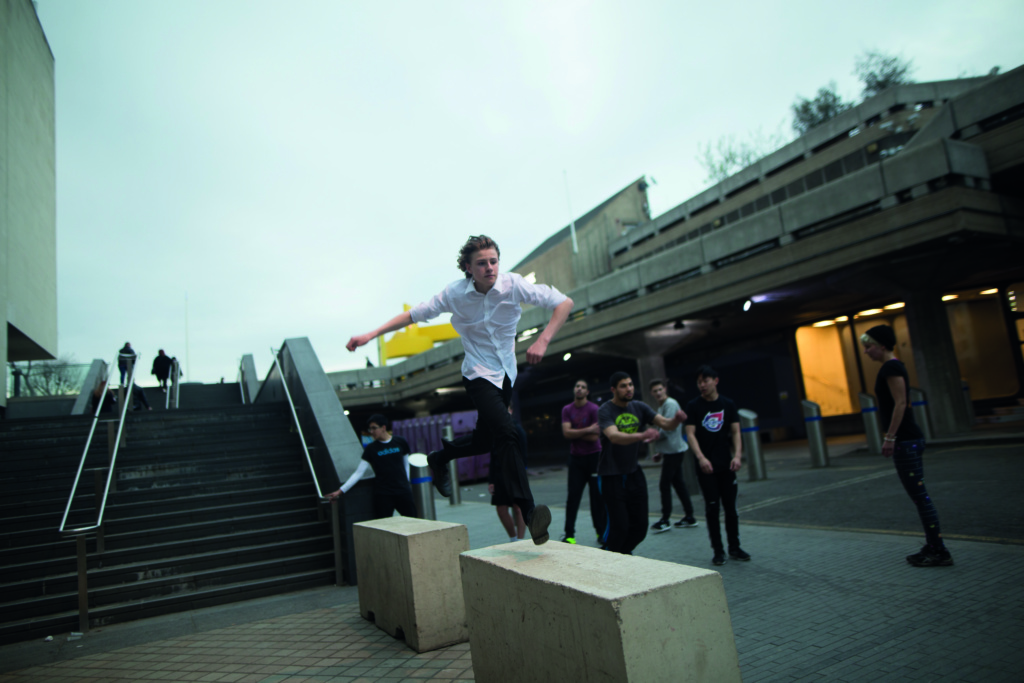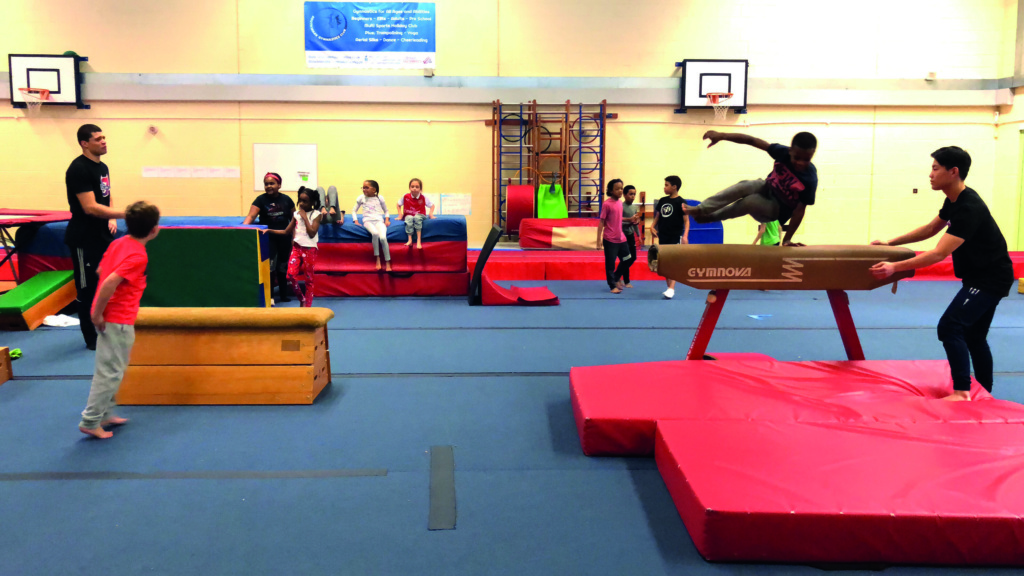
The sport of parkour is said to have emerged in the late 90’s Parisian suburbs. Briefly described as the art of getting from point A to B as efficiently or creatively as possible, the world quickly became fixated with the stereotype of young men in peak physical condition performing urban stunts in the media.
As a lifelong male parkour practitioner who just turned 25, there is an element of truth to this. However, my demographic was not the first to discover or learn from the discipline. Long before Paris in the 90’s, children have been running, jumping and creatively interacting with their environments for millennia. Whether you are a teacher who knows about parkour or not, everyone has heard of playtime.
Parkour classes recently introduced into certain regions of the UK physical education curriculum have, in part, owed their success to the innate (and sometimes forbidden) inclination of children to explore physical features and objects in their environment.

Teaching kids to do something they would normally be told off for doing has engaged with those usually reluctant to participate in traditional PE lessons. In the five years that our team at Run LDN have been teaching school kids across the country, I have never encountered a single child who has been disruptive or unwilling to participate in jumping at a concrete obstacle course. In fact, the opposite tends to be true, and while enthusiasm is the best catalyst for learning, it is important that in any class that energy is channelled by an authoritative and engaging instructor in a controlled environment.
The Headmaster of Brunswick School in south London, who have been running classes for over a year, seconds this, stating: “Parkour has been a great way for them to engage in something exciting and new. Our pupils are always up for a challenge, and our classes which make up a diverse range of backgrounds all jump in head first collectively.”
Safety and conditioning is a huge aspect of the sport. Teaching children correct movement techniques, which reduce playground-related accidents, are similar to the work Run LDN have done with the elderly and the military to fall safely and reduce impact. Combining fun with physical challenge, parkour is one of the fastest ways to improve overall strength and balance coordination. Every wall, bar or gym box presents a unique challenge for different muscle groups as children build up strength and flexibility to both push themselves further and keep safe.
